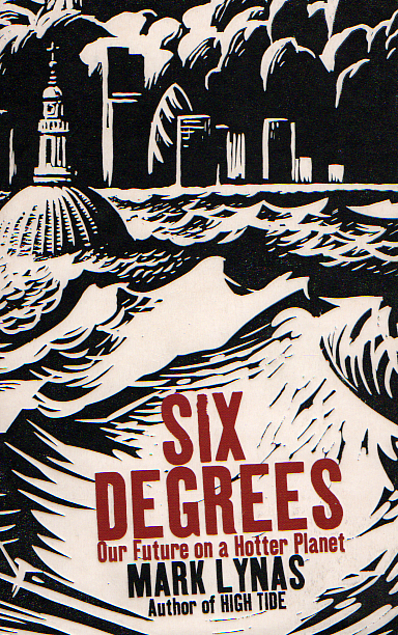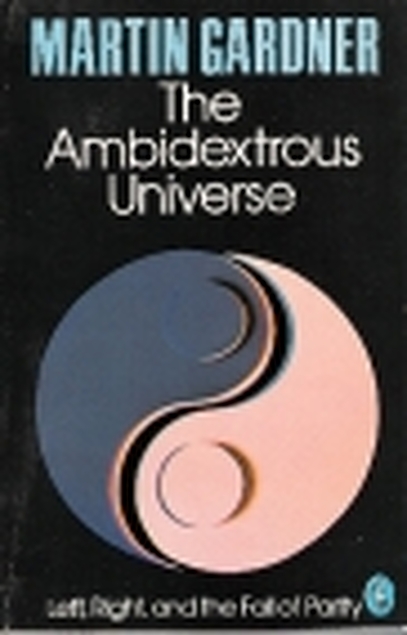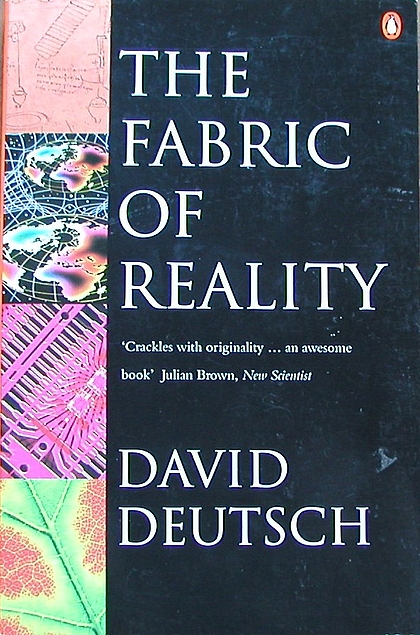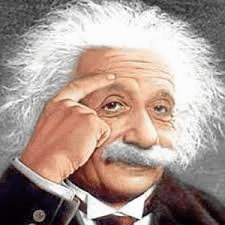Cal Flyn "Islands of Abandonment: Life in the Post-Human Landscape" (William Collins)

This is quite good and unusual. Cal graduated from Oxford University in experimental psychology, with a focus on the 'psychology of abandoned places'. A fancy way of saying, she has thought deeply about the many dimensions of abandonment. She has literary sensibilities, an eye for the poignant, and is a great writer. Cal visits a dozen places around the world and riffs on different themes. My favourite is about the herd of feral cows on an abandoned Scottish island farm - what does it mean to be feral, when will they revert to a fully wild species, will they ever be rid of vestiges of domestication? How do cows live when divorced from humans? It turns out, they are pretty interesting, unlike domestic cows. Their lives are legendary, with battles between males for dominance, the landscapes scarred by fights, the rise and fall of "kings", hermits, bone graveyard visits, definitely in need of a Watership Down treatment.
Ultimately, you get a sense that the human/nature divide doesn't exist; humans are a part of the natural processes. This might seem obvious, but for many, humans are a weed, an invasive species. She mentions that inversions often go through a boom and bust cycle; the bigger the boom, the harder they fall. Well, much to consider, nothing definitive or preachy, just some thoughts bravely exposed while exploring abandoned places.

This is quite good and unusual. Cal graduated from Oxford University in experimental psychology, with a focus on the 'psychology of abandoned places'. A fancy way of saying, she has thought deeply about the many dimensions of abandonment. She has literary sensibilities, an eye for the poignant, and is a great writer. Cal visits a dozen places around the world and riffs on different themes. My favourite is about the herd of feral cows on an abandoned Scottish island farm - what does it mean to be feral, when will they revert to a fully wild species, will they ever be rid of vestiges of domestication? How do cows live when divorced from humans? It turns out, they are pretty interesting, unlike domestic cows. Their lives are legendary, with battles between males for dominance, the landscapes scarred by fights, the rise and fall of "kings", hermits, bone graveyard visits, definitely in need of a Watership Down treatment.
Ultimately, you get a sense that the human/nature divide doesn't exist; humans are a part of the natural processes. This might seem obvious, but for many, humans are a weed, an invasive species. She mentions that inversions often go through a boom and bust cycle; the bigger the boom, the harder they fall. Well, much to consider, nothing definitive or preachy, just some thoughts bravely exposed while exploring abandoned places.

















